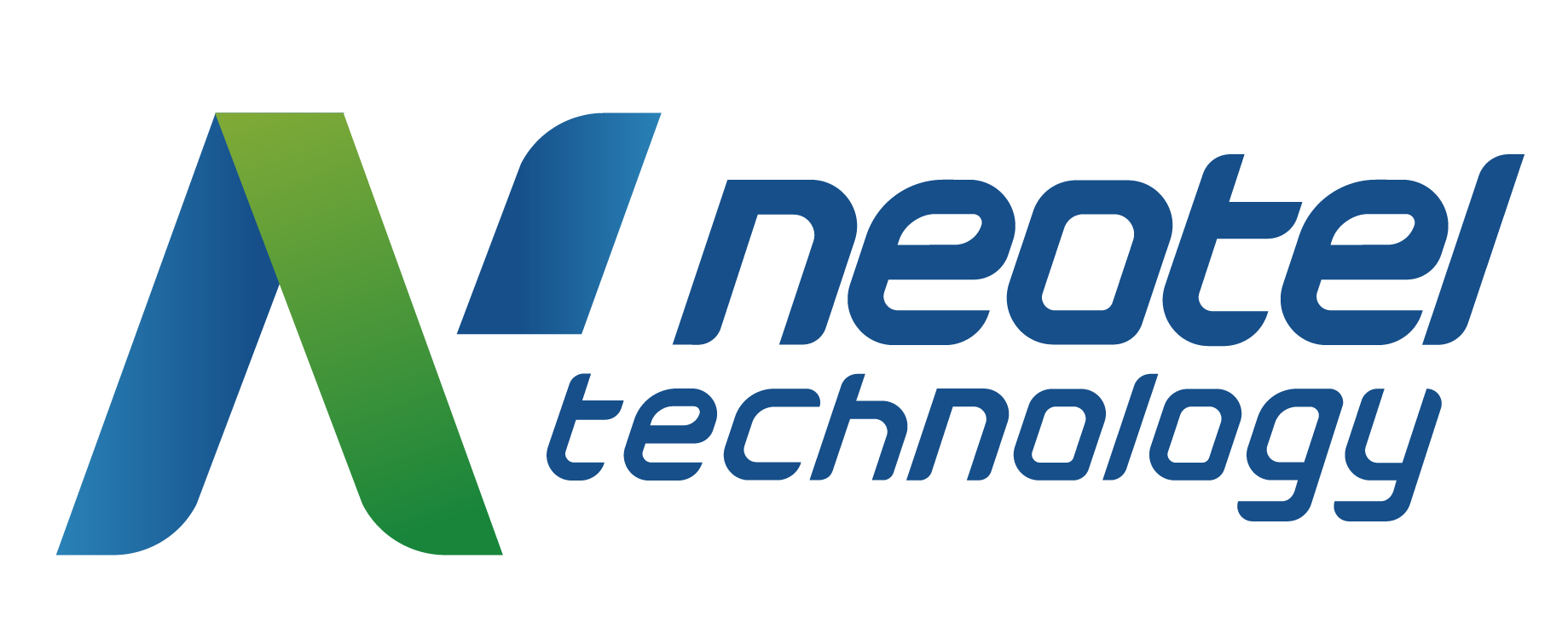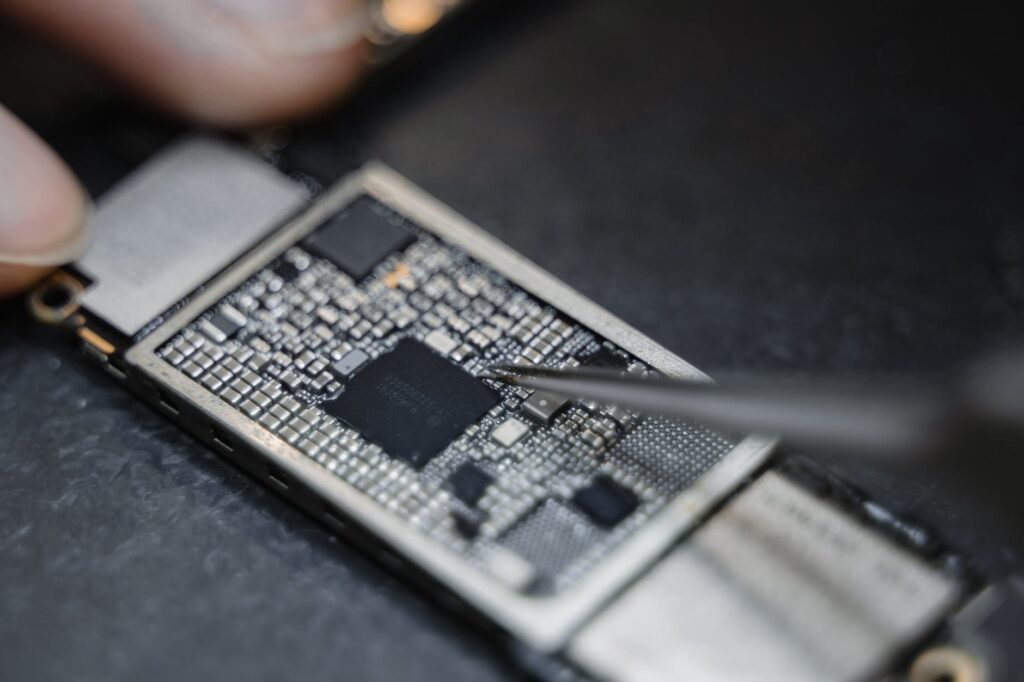What is PPE?
PPE (Personal Protective Equipment) is considered to be any article of clothing or wearable equipment that shields and/or protects a person from injury. This includes reflective vests, hard hats, safety glasses, hazmat suits, and more than we can list.
Accidents and mishaps are inevitable factors within our daily lives. From working on a manufacturing floor during the day, beekeeping in the evenings, and playing paintball on the weekends, PPE has saved countless people from serious injury and death.
Though Personal Protective Equipment may seem like a fairly straightforward concept, there are intelligent ways to optimize your PPE procedures and guarantee the safety of your employees.
KEY TAKEAWAYS
PPE (Personal Protective Equipment) is defined as any piece of clothing or wearable equipment that protects the wearer from injury or harm.
This includes hard hats, reflective vests, hearing protection, etc.
When it comes to PPE, safety is as much about mobility as it is about protection.
Use work instruction software to ensure your workers are using the appropriate PPE for every job.
PPE Categories and Their Uses
Personal Protective Equipment is often categorized by the area of the body it is protecting. Here is a list of the most common types of PPE and the areas of the body they protect.
Head protection: Hard hats are the obvious example in this category but any piece of headgear that protects your head from falling objects is essential in high-risk environments.
Face protection: From safety glasses to welding and grinding masks, face protection equipment protects your face from unwanted substances and particles.
Ear protection: Often overlooked, ear protection is crucial to maintaining good ear health. Ears can be protected with either expandable foam plugs or noise-canceling headphones.
Reflective clothing: Clothing that makes a person more visible is extremely beneficial in any fast-paced environment. Reflective patches can be added to any piece of clothing such as vests, pants, and headgear.
Feet and hand protection: Feet and hands are some of the most frequently injured areas of the human body. Although most injuries to these areas are not fatal, keeping them safe from harm is still a high priority for much of the industry. Steel toe boots and gloves go a long way in protecting fingers and toes.
Skin protection: This is classified as any garment that protects the wearer’s skin. For example, welders wear flame retardant welding jackets to protect them from sparks and other hot materials. Hospital and hazmat personnel will wear full hazmat gowns that protect them from harmful agents if made contact with skin.
Respirators: If dealing with harmful chemicals or if there happens to be a pandemic lurking around the corner, respirators help filter out harmful substances from your lungs. This can be as simple as disposable face masks or filtered gas masks.
Safety Means Being Unencumbered
The manufacturing environment is a busy one! From moving vehicles, changing floor plans, and hazardous materials, there are a lot of factors that can place a worker in danger. Workers need to be safe while also maintaining mobility and awareness of their environment.
When we say unencumbered, we mean it literally. Imagine that a worker is wearing every piece of PPE that the industry has to offer. They would be a walking poof ball of protection – if they could even walk. This would effectively inhibit their awareness and potentially result in more accidents.
Safety, in terms of Personal Protective Equipment, means operators are protected from potential mishaps and accidents while also maintaining the ability to use their natural faculties like movement and eyesight. If safety glasses are impeding a person’s vision due to fog or scratches, then the PPE is failing its intended purpose. The eyes may be safe but the person is more likely to experience a slip, trip, or fall. Likewise, if hearing protection causes an operator to be unaware of their surroundings, then there is a higher likelihood that they may not be aware of moving vehicles. These two examples go to show that the industry needs to be smart about how Personal Protective Equipment is used within its operations.
Every manufacturing environment, operation, process, and procedure is different. There is no one piece of equipment or garment that will solve every PPE requirement, but there is a smart solution. PPE needs to have an intelligent process behind it that enables workers to have the right equipment for the right job. PPE and safety practices need to be dynamic with the work that is being carried out.
Make Your Personal Protective Equipment Work For You
In manufacturing, safety glasses and steel-toed shoes are the standards for the minimum PPE that must be worn at all times. But what about tasks that require hardhats, hearing protection, gas masks, flame retardant clothing, and more?
Businesses often have a blanket rule indicating that certain PPE should be worn at all times depending on the majority of tasks in their operation. While this is an adequate way to ensure a majority of safety, it doesn’t cover 100% of the PPE needs of the facility, nor does it address the specific needs of every job.
For example, one of your operators is about to perform an uncommon task requiring the use of a metal grinder. The process is rather loud and the worker will require ear protection. How will their supervisor make sure that the operator is protecting their ears?
One ill-advised possibility would be to have all employees wear ear protection at all times – just in case of loud noises. But this is a major inconvenience for workers because it limits their awareness. We want workers to be safe, which means maintaining mobility and awareness.
Instead, use work instruction software to create digital guidebooks that ensure workers are using the appropriate Personal Protective Equipment every time they begin their tasks.
Here are 3 tools within VKS that enable manufacturers to keep their employees safe.
Use pictograms to display the appropriate PPE for every job.
Additionally, use Smart Forms to have workers confirm they are taking all the required safety precautions.
If workers fail to confirm they are wearing their PPE and taking the proper precautions, the Rule Engine will stop the guidebook until safety has been confirmed.
Integrating PPE procedures and checklists into your digital work instructions standardizes safety at every level of your operation. People are your most valuable asset and they deserve a smart solution that prioritizes and simplifies their safety needs.
Industry 4.0 PPE
Thanks to modern intelligent practices and technology, Personal Protective Equipment is getting smarter and smarter. As we have seen, work instruction software enables businesses to make their PPE practices dynamic to the job at hand. This effectively integrates Industry 4.0 intelligence into the whole manufacturing environment.
Adding to this, Industry 4.0 technology is progressively being integrated into the PPE itself. From PPE with built-in cameras, GPS, and motion detectors, to lightweight exosuits that enable users to pick up heavy objects, our PPE is becoming more capable every day.



